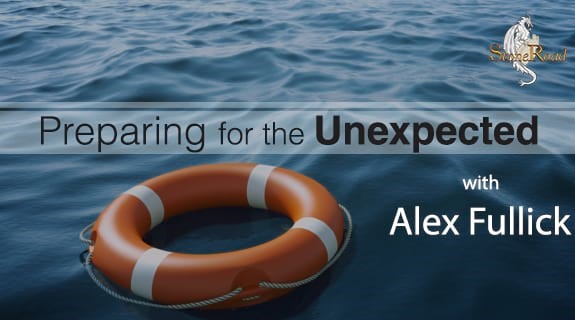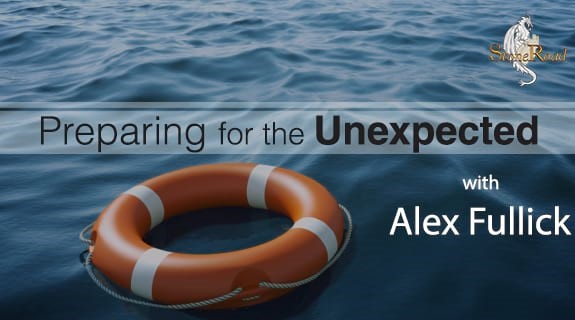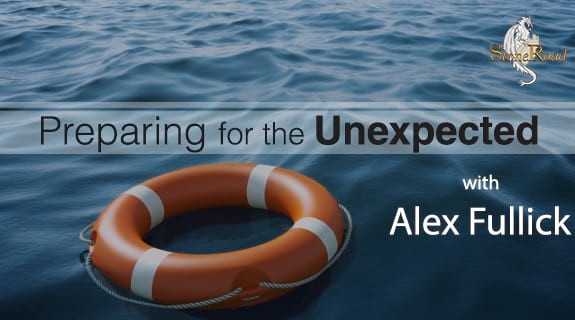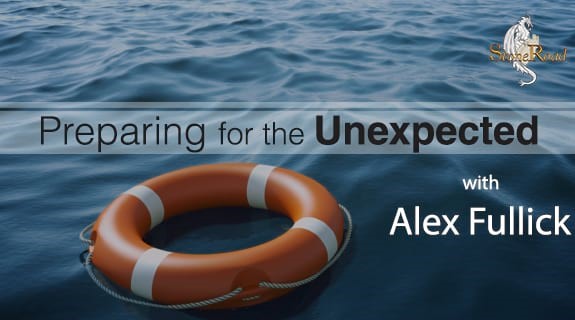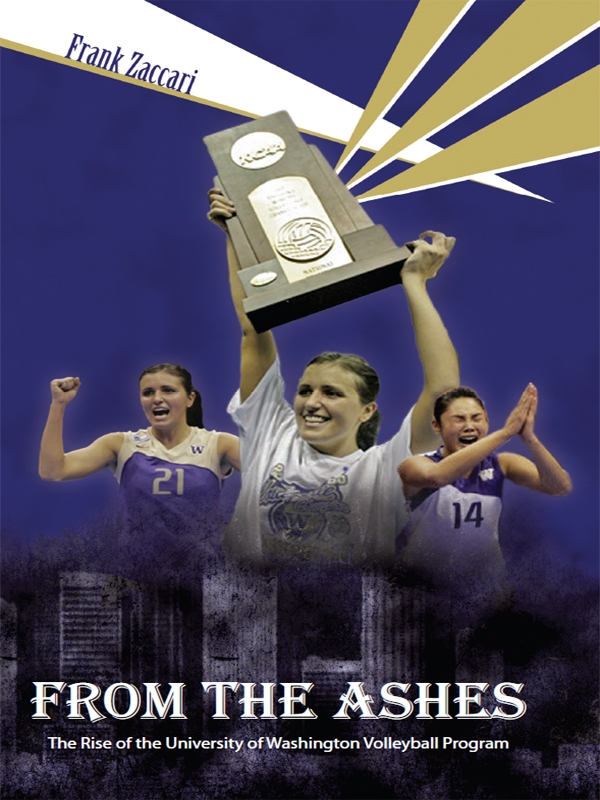The ‘Plan’, the Team, and Resilience (w/ Brendan Monahan)
Join me Thursday, August 10/23 at 1pm EST on VoiceAmerica Business Channel, as I’m joined by...
Read Moreby Alex Fullick | May 5, 2023 | Business | 0 |
Join me Thursday, August 10/23 at 1pm EST on VoiceAmerica Business Channel, as I’m joined by...
Read Moreby VoiceAmerica | Dec 19, 2021 | Business | 0 |
Join me June 9, 2022 at 1pm EST on the Business Channel! Business Continuity and Risk Management...
Read Moreby VoiceAmerica | Dec 16, 2021 | Business | 0 |
Join me 1pm EST, May 5, 2022! Being a leader is hard. It’s even harder during a crisis. I...
Read Moreby VoiceAmerica | Dec 12, 2021 | Business | 0 |
Join me March 24, 2022, 1pm EST (Business Channel)! We do something a little different for this...
Read Moreby VoiceAmerica | Dec 3, 2021 | Business | 0 |
Join me on March 3, 2022 at 1pm EST! Business Continuity & Operational Resilience: Is it the...
Read Moreby VoiceAmerica | Nov 12, 2021 | Business | 0 |
Join Alex Fullick on January 6, 2022! “If you are a Business Continuity or Resilience...
Read Moreby VoiceAmerica | Sep 14, 2019 | Empowerment | 0 |
I have often heard many “business experts” discuss how leadership methods and business principles...
Read Moreby VoiceAmerica | Feb 15, 2018 | Variety | 0 |
Quite often when Business Continuity and Disaster Recovery practitioners try to convey the various...
Read More


